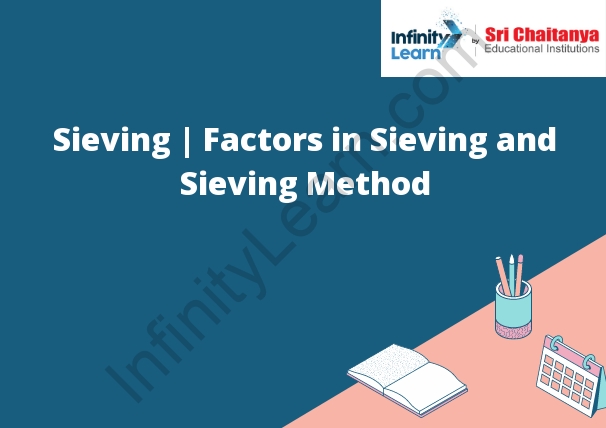Table of Contents
An Introduction to Sieving
A sieve is a device used to separate particles of different sizes. The particles are poured into the sieve, and the sieve is shaken so that the particles fall through the holes in the sieve. Larger particles stay on top of the sieve, while smaller particles fall through the holes and are collected below the sieve.

The Sieve
of Eratosthenes
The Sieve of Eratosthenes is a simple algorithm for finding all prime numbers up to a given limit. It works by iteratively removing all multiples of each prime number from the list of numbers to be checked, until only prime numbers are left.
The algorithm begins by setting a variable, “n”, to the limit to be searched. Then, a list of all the numbers from 2 to “n” is created. For each number in the list, the algorithm checks whether it is prime. If it is not prime, it is removed from the list. The algorithm then checks whether the remaining list is empty. If it is not empty, the algorithm repeats the process for the next number in the list. If the list is empty, the algorithm is done and the last number in the list is the only prime number up to “n”.
Difference Between Sieving and Winnowing
Sieving is a technique that separates larger particles from smaller particles in a mixture. The mixture is poured over a screen, and the larger particles fall through the screen while the smaller particles stay on top.
Winnowing is a technique that separates lighter particles from heavier particles in a mixture. The mixture is poured over a screen, and the lighter particles blow away while the heavier particles stay on top.
A Sieve Analysis (or Gradation Test)
is a simple test used to determine the particle size distribution of a granular material. A sample of the material is poured through a series of nested metal screens of progressively smaller mesh size, and the amount of material that falls through each screen is measured. The size of the particles that pass through each screen can be determined by comparing the size of the opening in the screen with the size of the particles.
Sieving – Advantages and Disadvantages of Sieving
Sieving is a process of separating particles of different sizes from a mixture. This is done by passing the mixture through a mesh or screen with small holes. The size of the holes in the mesh determines the size of the particles that will be passed through.
The advantages of sieving are that it is a quick and easy way to separate particles of different sizes, and it can be done in a variety of ways. It is also a relatively cheap way to separate particles.
The disadvantages of sieving are that it is not always accurate, and it can be a time-consuming process.
Advantages of Sieving
The advantages of sieving are:
1. It is a quick and easy way to separate particles of different sizes.
2. It can be used to separate solids from liquids.
3. It can be used to separate mixtures of different materials.
Disadvantages of sieving
The disadvantages of sieving are that it can be time consuming, it is not effective for all substances, and it can be difficult to determine the correct mesh size for a particular application.
Factors in Sieving
The factors in sieving are the size of the particles to be separated, the size of the openings in the sieve, and the force with which the particles are shaken.t is also important to consider the operating system and screen orientation.






